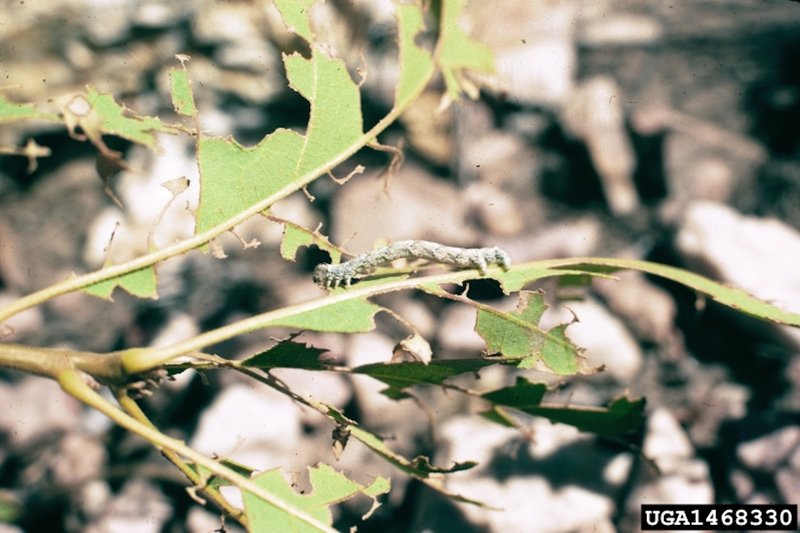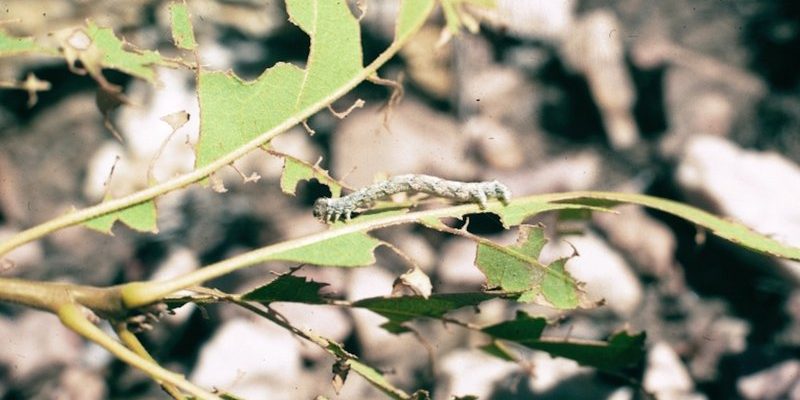
Identifying inchworm droppings can feel overwhelming if you’re not familiar with them. Picture this: You’re sipping your coffee, gazing at your flourishing plants, when suddenly you spot tiny little pellets. Are these from inchworms, or are they just some random debris? Don’t worry; we’ll help you clear up that confusion. Inchworms, which are actually the larvae of certain moths, are notorious for their appetite and, subsequently, their droppings. But let’s break this down further.
What Are Inchworms?
Inchworms aren’t, as their name might suggest, tiny worms. Instead, they are the caterpillar stage of various moth species. They get their nickname from their unique way of moving—they appear to “inch” along by pulling their bodies in and then extending them out. Common types include the Eastern Tent Caterpillar and the Canopy Moth. These little guys can be green, brown, or even striped, blending them perfectly with leaves.
You might be wondering, “Why should I care?” Well, inchworms can be quite the garden menace. They often munch on leaves, leading to not just unsightly holes but potentially harming your plants’ overall health. Knowing how to identify their droppings can help you catch them in the act!
Identifying Inchworm Droppings
So, what do inchworm droppings look like? Great question! Think of them as tiny black or green pellets, usually about the size of a pinhead. Their shape can vary from cylindrical to oval, but they all have one thing in common: they’re small. If you’re on the lookout, here’s what to keep an eye out for:
- Size: About 1/8 inch long.
- Color: Dark brown or black, sometimes greenish, depending on the inchworm’s diet.
- Location: Often found on the underside of leaves or right on the leaf surface.
Now, the placement of these droppings is essential. If you notice clusters on your plants, it’s likely a sign that inchworms are at work.
Why Inchworm Droppings Matter
Understanding inchworm droppings goes beyond just pest identification; it’s also about protecting your plants. If you find these droppings, it’s crucial to act quickly since a small infestation can escalate rapidly. Inchworms can chew through leaves at an alarming rate, weakening your plants.
Moreover, noticing droppings can help you determine which plants might be more appealing to these pests. For instance, they often prefer tender, young leaves. Keeping an eye on these favorites can help you protect your garden before substantial damage occurs.
Common Plants Affected by Inchworms
Inchworms have their preferred buffet items. Here are some common plants they love to munch on:
- Maple Trees
- Oak Trees
- Apple Trees
- Hibiscus
- Tomatoes
If you have any of these plants in your garden, be extra vigilant. Regular checks can help you catch pests early and minimize damage.
How to Manage Inchworms
If you’ve found inchworm droppings and suspect these pests are invading your garden, don’t fret. There are plenty of ways to manage them effectively. Here’s what you can do:
- Manual Removal: If you spot inchworms, simply pluck them off by hand. It’s a simple yet effective method if the infestation is small.
- Insecticidal Soaps: These can help deter inchworms while being gentle on your plants. Just spray them on the affected areas as per the package instructions.
- Beneficial Insects: Ladybugs and lacewings are natural predators of inchworms. Introducing these beneficial insects can help keep the population in check.
Regular monitoring is crucial. Combine these methods with a keen eye on the droppings to ensure your garden stays healthy and vibrant.
Preventing Inchworm Infestations
Prevention is always better than cure. Here are some proactive steps to help keep inchworms at bay:
- Regular Garden Maintenance: Keeping your garden tidy can discourage inchworms and other pests.
- Healthy Plants: Well-nourished plants are less attractive to pests. Ensure your plants get enough water and nutrients.
- Crop Rotation: If you’re growing veggies, rotating your crops each season can disrupt inchworm life cycles.
By creating a healthy ecosystem in your garden, you can reduce the likelihood of pest invasions overall.
When to Seek Professional Help
If you find yourself overwhelmed with inchworm droppings and the infestation is beyond your control, it might be time to call in the pros. Pest control specialists can assess the situation and recommend a plan tailored to your garden’s needs.
Additionally, if you notice that your plants are showing signs of stress or damage, consulting a gardening expert can provide insights beyond just pest control. They can help diagnose plant health issues and offer solutions.
Identifying inchworm droppings on leaves might seem like a small detail, but it can make a big difference in maintaining your garden’s health. With a bit of knowledge and observation, you can catch these sneaky pests before they do serious damage. Remember, gardening is as much about prevention as it is about reaction. So, grab that cup of coffee, step outside, and take a closer look at your plants. You’ve got this!

